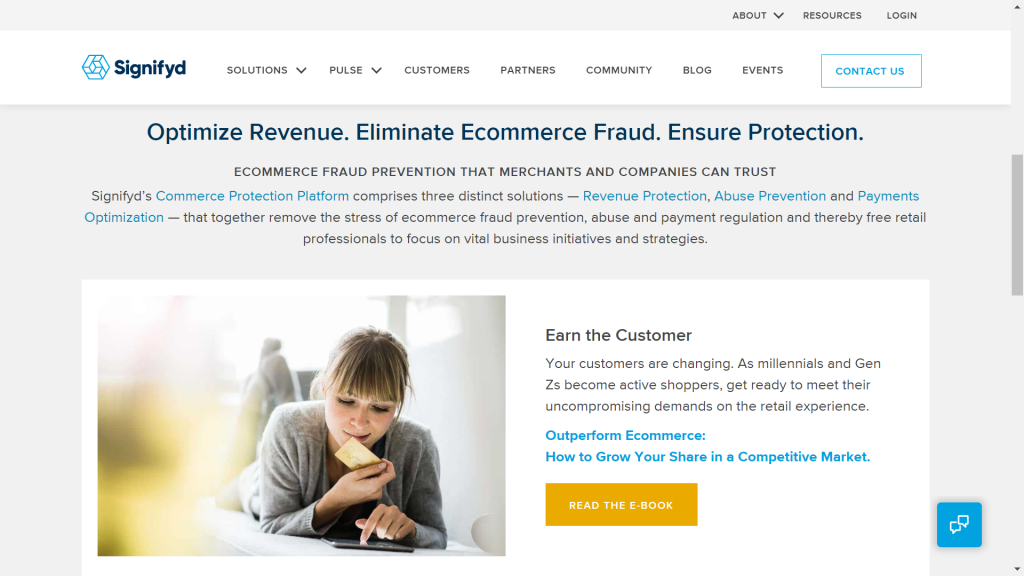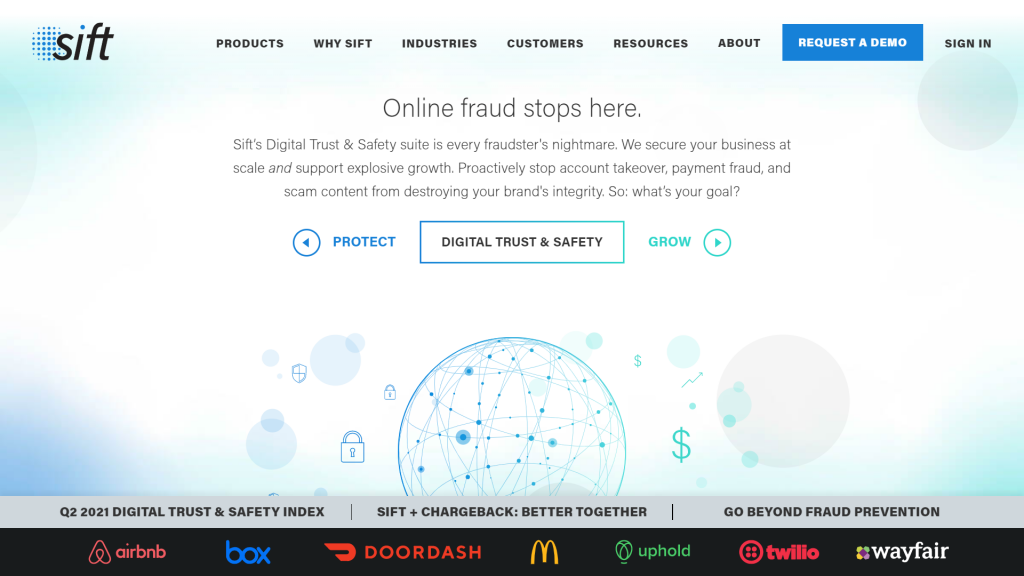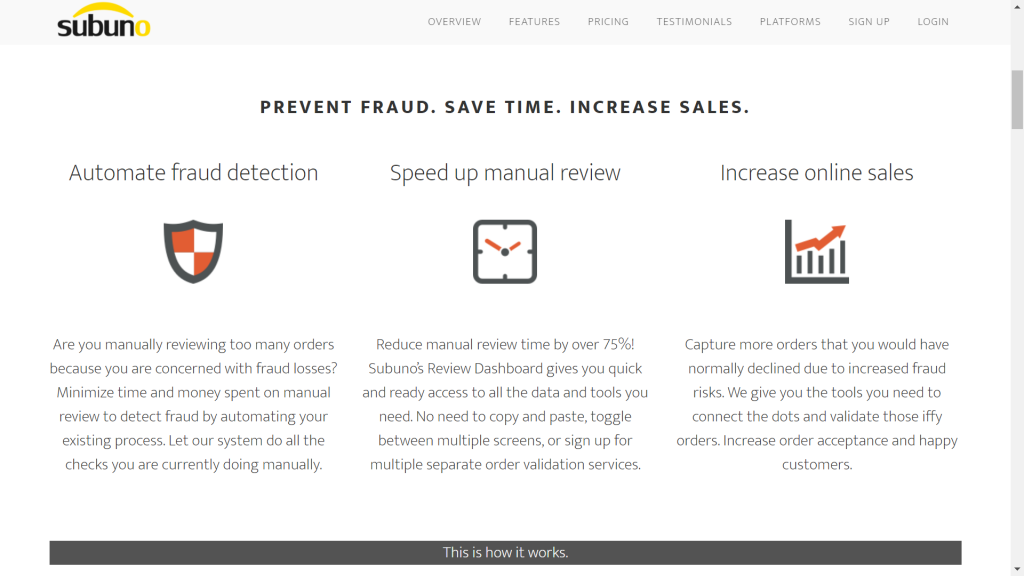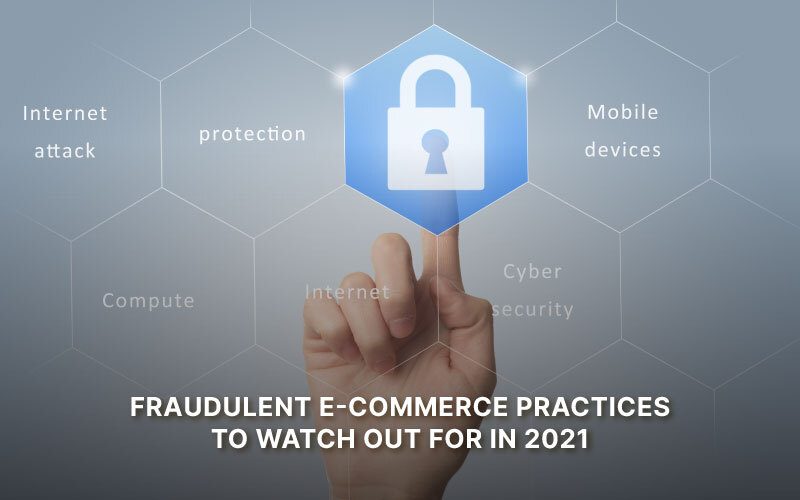If this is the best time for eCommerce, it is also the biggest opportunity for cyber hackers. eCommerce fraud practices in 2023 are at their highest and they have consistently been on the rise for the past 3 years.
India’s Ministry of Consumer Affairs recently proposed amendments to the eCommerce rules in a 13-page document. The draft rules stated that companies that violate these rules face action under the Consumer Protection Act, 2019.
In short, the Government wants tougher rules for e-tailers to tackle the eCommerce frauds happening in India lately. Let’s look at the why and how.
Proposed eCommerce changes by the MCA
1. Ban on flash sales
Certain eCommerce entities are engaging in limiting consumer choice by indulging in ‘flash’ sales. This prevents competitiveness and ultimately limits customer choice. Therefore, in its proposal, the ministry said eCommerce firms should be barred from holding flash sales in India if they are organized with an intent to benefit only a specified group of sellers.
2. No more in-house labels
Under existing rules, eCommerce firms cannot hold inventory or sell items directly to consumers. But firms have been able to bypass this until now through joint ventures with local companies that operate as inventory-holding firms. So the new proposal bans eCommerce companies from running their private labels. These changes could affect Flipkart’s and Amazon’s business structures in India.
3. Compliance, grievance officers
Another proposal is that eCommerce firms appoint a chief compliance officer for effective law enforcement and to ensure compliance with the new orders. They must also appoint a resident ‘grievance officer’ to address consumers’ complaints.
4. Sharing information with the government
Another new proposal requires every eCommerce entity to provide information to government agencies within 72 hours for verification of identity and cybersecurity incidents.
What’s behind these proposals?
The government said in a press release that these changes come in response to the various complaints against the unfair trade practices happening in the eCommerce ecosystem.
It has been increasingly hard to fix a set of rules. Here’s why:
- Online fraud often crosses borders, which makes it harder to find a legal punishment
- These frauds are not prioritized as highly due to the fact that a low number of cases are reported.
- Online shopping frauds jumped 6-fold in just 2 years and it is becoming increasingly harder to detect online frauds.
5 eCommerce fraud practices to watch out for in 2023
There are some red flags that one should keep an eye on to stop scams before they even start. Here are 4 eCommerce frauds examples that are quite common:
1. Triangulation fraud
To explain how triangulation fraud works, let’s break it down into steps.
- The scammer creates a fake listing for a real product with a significant price markup.
- A customer “buys” the product from the fake listing, giving the scammer all their personal data.
- The scammer takes the customer’s data and buys that same item for them at a different site for less. They have the item shipped to the customer.
- The customer receives the item they bought, without realizing they overpaid. The scammer keeps the markup profit.
The worst part of this scam is that the victims don’t even realize that they’ve been scammed.
2. Account takeover fraud
In simpler terms, this is identity theft. The fraudster obtains the identification information of the actual user and makes the online purchase on the eCommerce platform. Identity theft affects both the customer as well as the seller as the customer can place a refund request as soon as he detects the fraud.
3. Credit card fraud
Credit card fraud may be committed when a person makes online purchases from either a stolen card or when the person has taken over the account of a genuine user.
4. Chargeback Fraud
Ecommerce might also come from your customers, or those who claim to be your customers.
Chargeback fraud, also known as friendly fraud, is when a customer disputes a legitimate charge to their credit card company and receives a refund from the merchant. This type of fraud can be difficult to prevent because the customer may be taking advantage of the system.
5. Referral fraud
Referral fraud occurs when a fraudster creates fake accounts to take advantage of referral programs to earn rewards. As an online brand, it’s important to monitor referral program activity and to implement fraud detection tools to detect suspicious behaviour.
6. Card cracking fraud
Card cracking fraud involves the use of stolen payment card information to deposit fraudulent checks into bank accounts. Fraudsters may recruit individuals on social media or other platforms to provide their bank account information in exchange for a portion of the proceeds.
To prevent card cracking fraud, online businesses can limit the number of refunds that can be issued to a single payment card and work with their payment processor to implement fraud detection tools.
Preventing fraud on your eCommerce website
There always exists a high chance of online threats within the eCommerce industry. That is why we have curated 3 important points that make a good eCommerce platform for fraud prevention.
1. Customer Support for eCommerce Fraud Prevention
eCommerce customer service plays a vital role in eCommerce fraud protection. A trained customer service representative detects the fraud indicators easily and alerts the team.
It assists in screening eCommerce frauds that can potentially hurt your business.
Related Read: Online customer service: Tips from eCommerce business owners
2. Personalized policies
Your eCommerce store should take fraud prevention policies seriously. Fraudsters often use different methods depending on the product niche and location.
Your store should formulate fraud prevention policies and take necessary measures to reduce your risk. Make sure it is included in their policy too.
3. Carefully reviews all orders
Consider a platform that personally checks each order, or delegates the task to an experienced professional. At the very least, a system should be in place with some manual verification of unusual orders.
Sometimes, human intuition can prevent problems from arising, which software may miss.
Prevention of eCommerce frauds must be your utmost priority in 2022.
But why?
Because the eCommerce market is going to reach $111 billion by 2024 and it’s entirely at risk. So it is important to take appropriate eCommerce fraud prevention measures to secure yourself from online threats.
Related read: 62% SMEs targeted for cyberattacks: What you need to know
Here are 3 tools that you can use to do that.
4 eCommerce fraud prevention tools
1. Signifyd
Signifyd is one of the first places to look for fraud prevention software. With a scale to accommodate both large and small businesses, it runs in the backend of your store and assigns every purchase a “score” based on the likelihood that its fraud. They also offer insurance on select orders, in case there’s something suspicious you can’t put your finger on.

2. Sift
Formerly Sift Science, the fraud prevention tool Sift is a reliable and fully secure platform that provides 24/7 support to its customers. It analyses the following key areas:
- order evaluations
- fake account prevention
- account takeover prevention
- abuse of promotions prevention

3. Subuno
Subuno offers over 20 fraud detection tools that analyze over 100 risk factors. It’s a great choice for those who don’t have a lot in their budget but still prioritize site safety. It detects fraud by automating your manual reviewing process and saves time by over 75%

You want to build your online store on a secure, popular platform to protect your business from these new-age eCommerce frauds. If you are on a hunt for one, look no further.
4. Cybersource

With frictionless, personalised, welcoming experiences, Cybersource is reimagining payments.Real-time IP and device analysis, activity monitoring, and user authentication are used to accomplish this. There is one very important aspect of working with Cybersource: they have an all-or-nothing approach to payments and risk management.
Instamojo is a highly secure and powerful platform with 24X7 customer support in place so you don’t have to look anywhere else. You will also get secure payment gateways that are PCI DSS compliant for your eCommerce needs.

